Aspiring jewish medievalist. Posts about jews, rare books, history, and anything else that interests me
Don't wanna be here? Send us removal request.
Text

Terracotta pitcher, Greece, 725-700 BC
from The Metropolitan Museum of Art
416 notes
·
View notes
Text
21 notes
·
View notes
Text
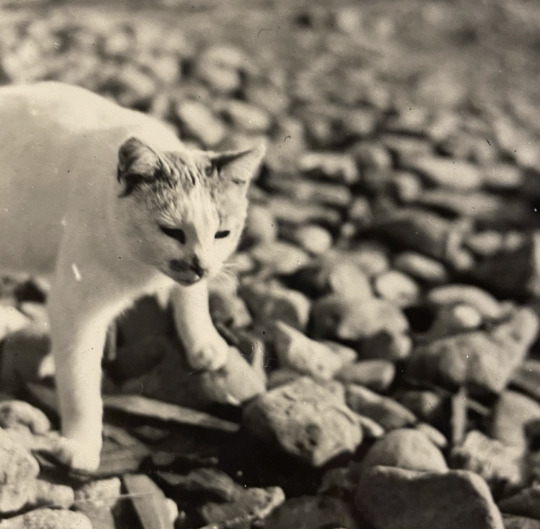
“Go outside” they said. “You’ll love the fresh air” they said. Photo from my collection, no date/info.
958 notes
·
View notes
Photo

Tortoise box. ca. 1750. Credit line: The Lesley and Emma Sheafer Collection, Bequest of Emma A. Sheafer, 1973 https://www.metmuseum.org/art/collection/search/205830
11 notes
·
View notes
Text


~ Fragmentary Figure.
Culture: Olmec
Period: Middle Preclassic
Date: 900-300 B.C.
Medium: Jadeite
2K notes
·
View notes
Photo
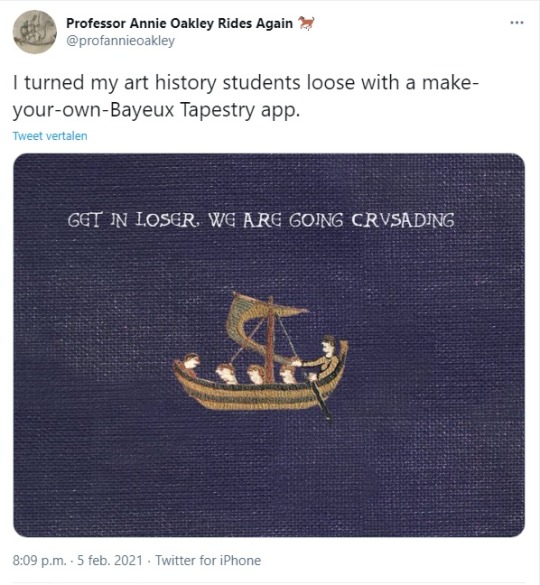
https://twitter.com/profannieoakley/status/1357768408671027202
This thread is gold… make your own here: https://htck.github.io/bayeux/#!/
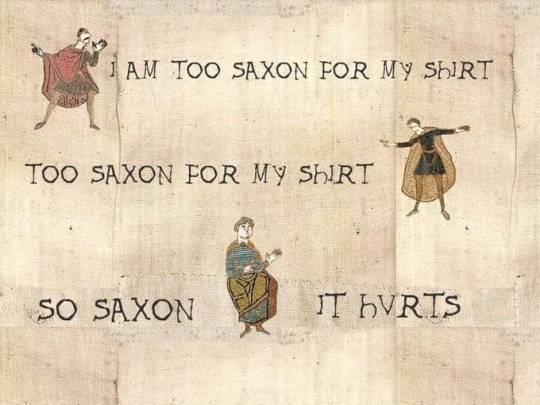

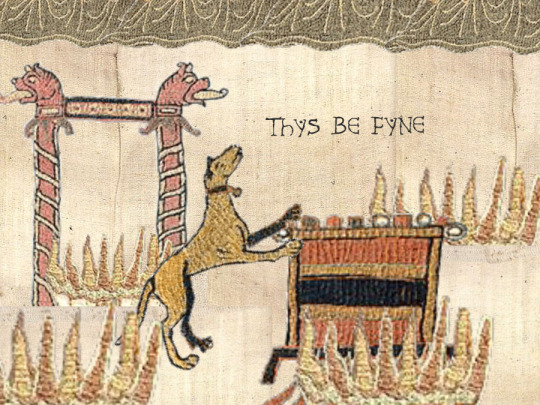
132K notes
·
View notes
Text
#MetalMonday :

Caparisoned Elephant
China, Liao dynasty, ca. 11th c.
Gilt bronze, 8.5 cm (7 5/16 in.)
The Cleveland Museum of Art 1980.24
“The six-tusked elephant holds the throne of Puxian (Samantabhadra), the Bodhisattva of Universal Virtue, who often appears with Wenshu (Manjusri), the Bodhisattva of Wisdom, on his lion-vehicle.
This impressive gilt bronze statue is solidly cast, except for the hollow at the center of its belly. The richly ornate saddlecloth exhibits superb craftsmanship and vivid representations of dragons among clouds, echoing the worldly splendor of the Liao material culture.”
22 notes
·
View notes
Photo

Paddleboarding witch, 1643.
Featured in Jon Crabb’s essay “Woodcuts and Witches” about the witch craze of early modern Europe, and how the concurrent rise of the mass-produced woodcut helped forge the archetype of the broom-riding crone so familiar today https://publicdomainreview.org/essay/woodcuts-and-witches
421 notes
·
View notes
Photo




Looking for some Halloween costume inspo? Some first-rate ideas in this 18th-century demonology book: https://publicdomainreview.org/collection/compendium-of-demonology-and-magic-ca-1775 #halloween
149 notes
·
View notes
Text
Meet our archives cats!
Chloe!

Charmander!

Roxanne!

Oliver!

Meet a few of our archives cats!
456 notes
·
View notes
Text
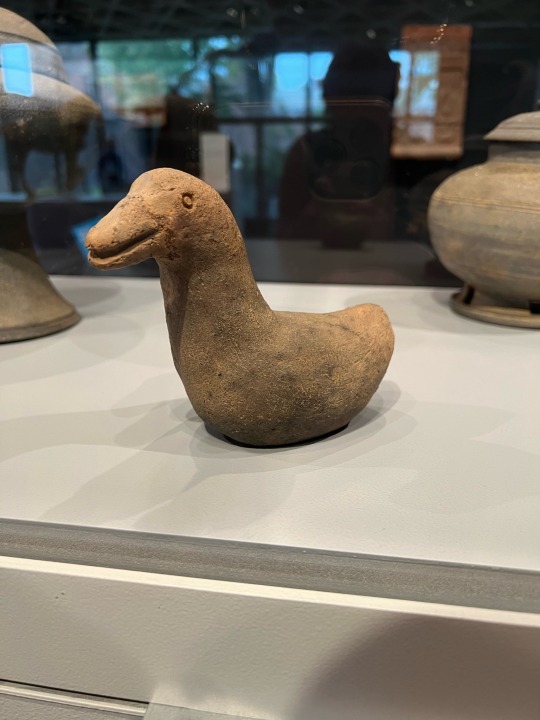
“Duck.” Japan, 5th-6th c. CE.
From the Yale Museum of Art
29 notes
·
View notes
Text
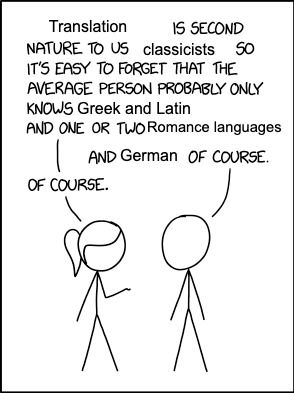
what reading classical scholarship articles with huge chunks of untranslated text feels like sometimes
10K notes
·
View notes
Text
"As far as we know, Ende was a Spanish illustrator who lived in the late 10th century and is regarded as the first female European artist to be recorded. She spent a portion of her life at San Salvador de Tábara Monastery in Tábara, Kingdom of León in Medieval Spain. According to the research of John Williams, one of the most eminent experts in Spanish medieval art, Ende may not have been a nun but rather belonged to a group of noble women from León who, during those years, rejected both convent life and instead managed their wealth and in a sense decided to go their way.
The Tabara scriptorium, which generated some of the Spanish Middle Ages’ most significant codices, was a cultural lighthouse at the time. Ende felt tremendously at ease working and living at Tábara Monastery, according to her illuminated manuscripts. Above all, it brought Ende closer to the dominant cultural movement of the day, recognizing the need to preserve sacred passages and everlasting images, working for her faith and herself."

493 notes
·
View notes
Text
I know this guy is STINKY

One of the qualities of vellum bindings is that they tend to want to warp. A lot of times this just means curling, but in this case we've ended up with a skrunkly, Necromicon looking book.
4 notes
·
View notes




